Kraków 2019-05-20
Port Lotniczy Lwów
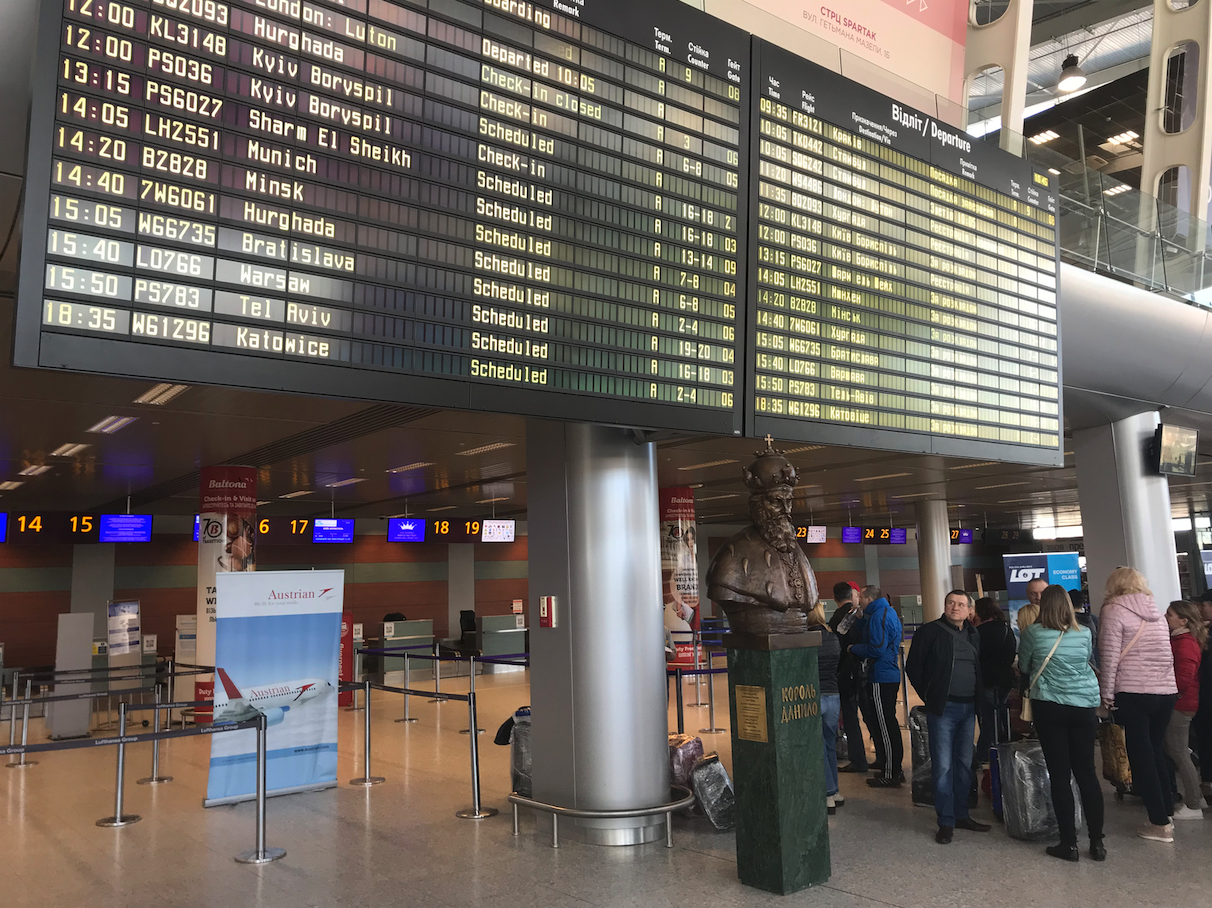
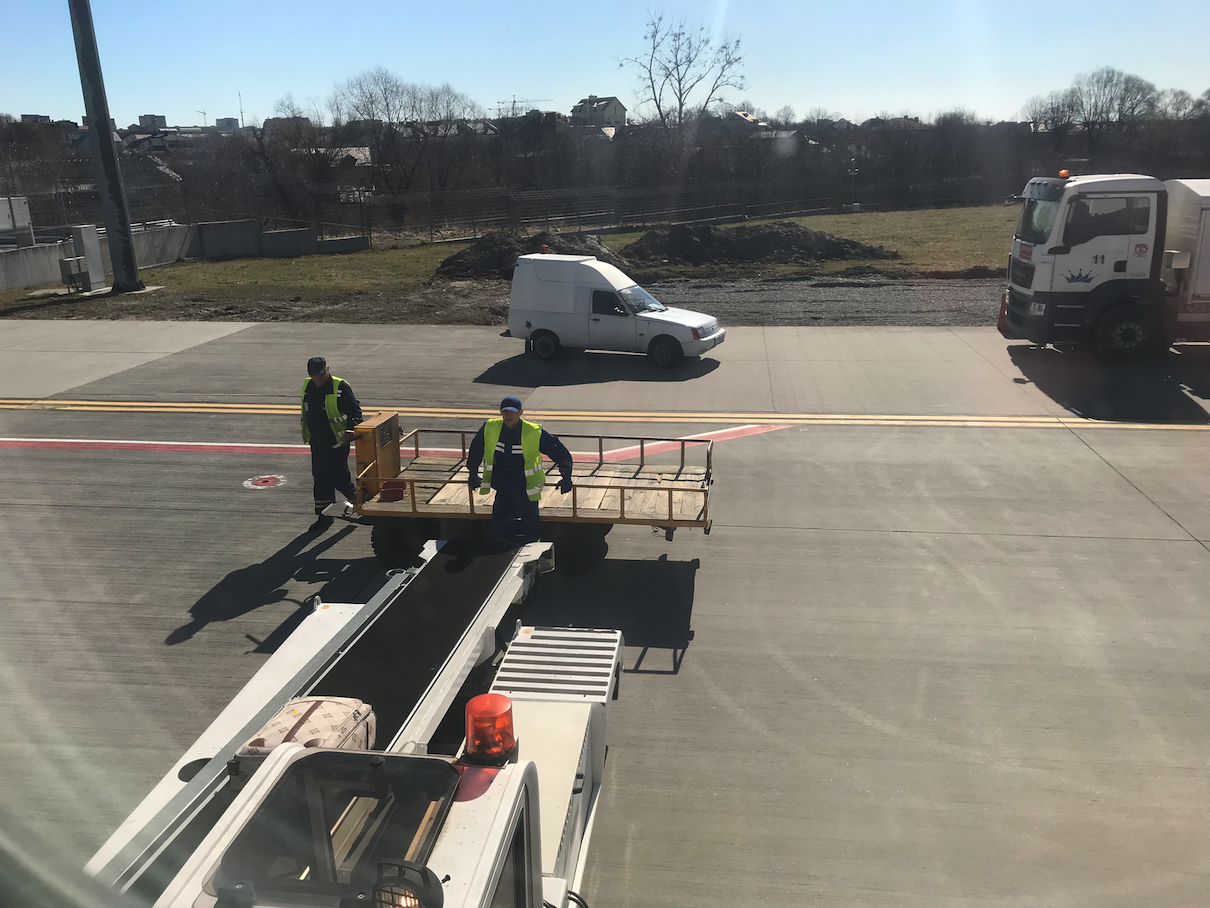

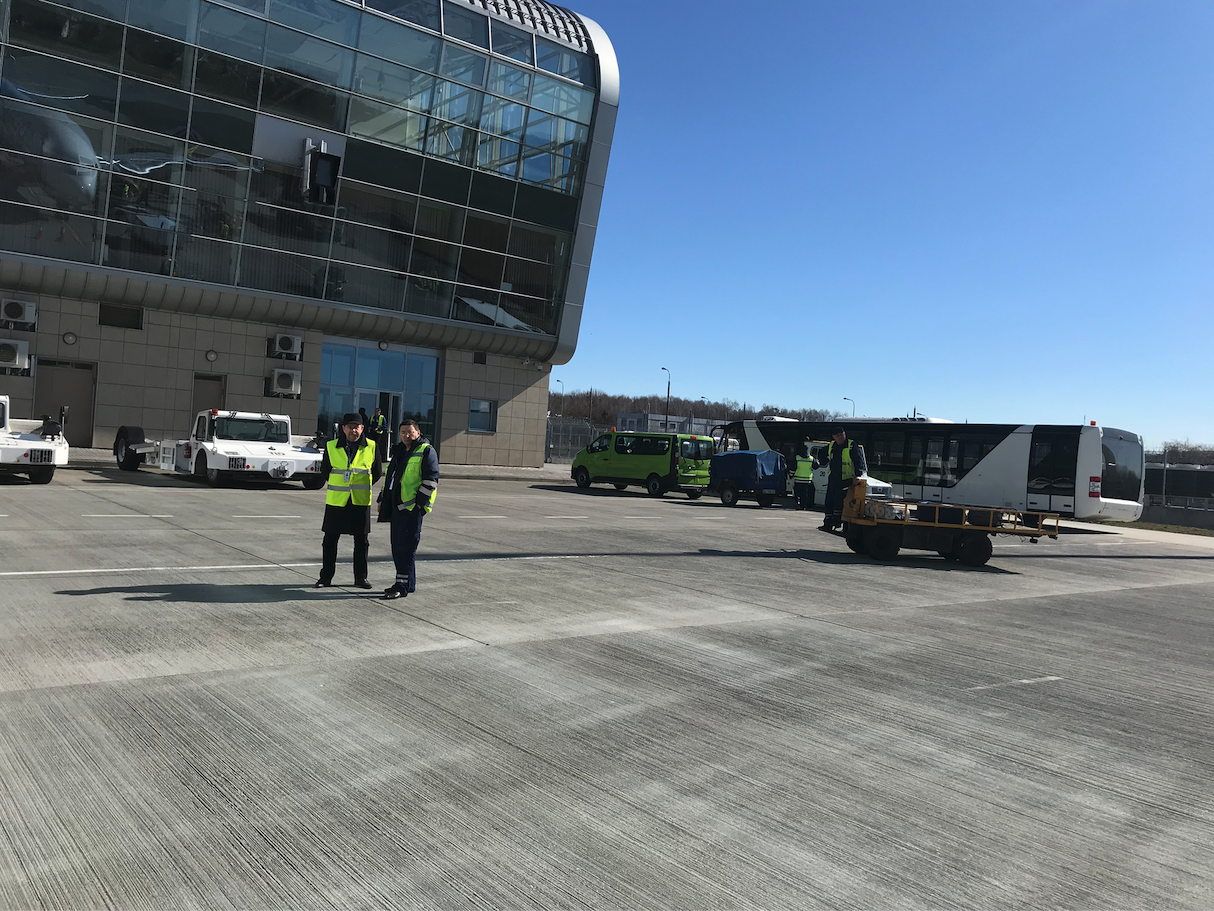
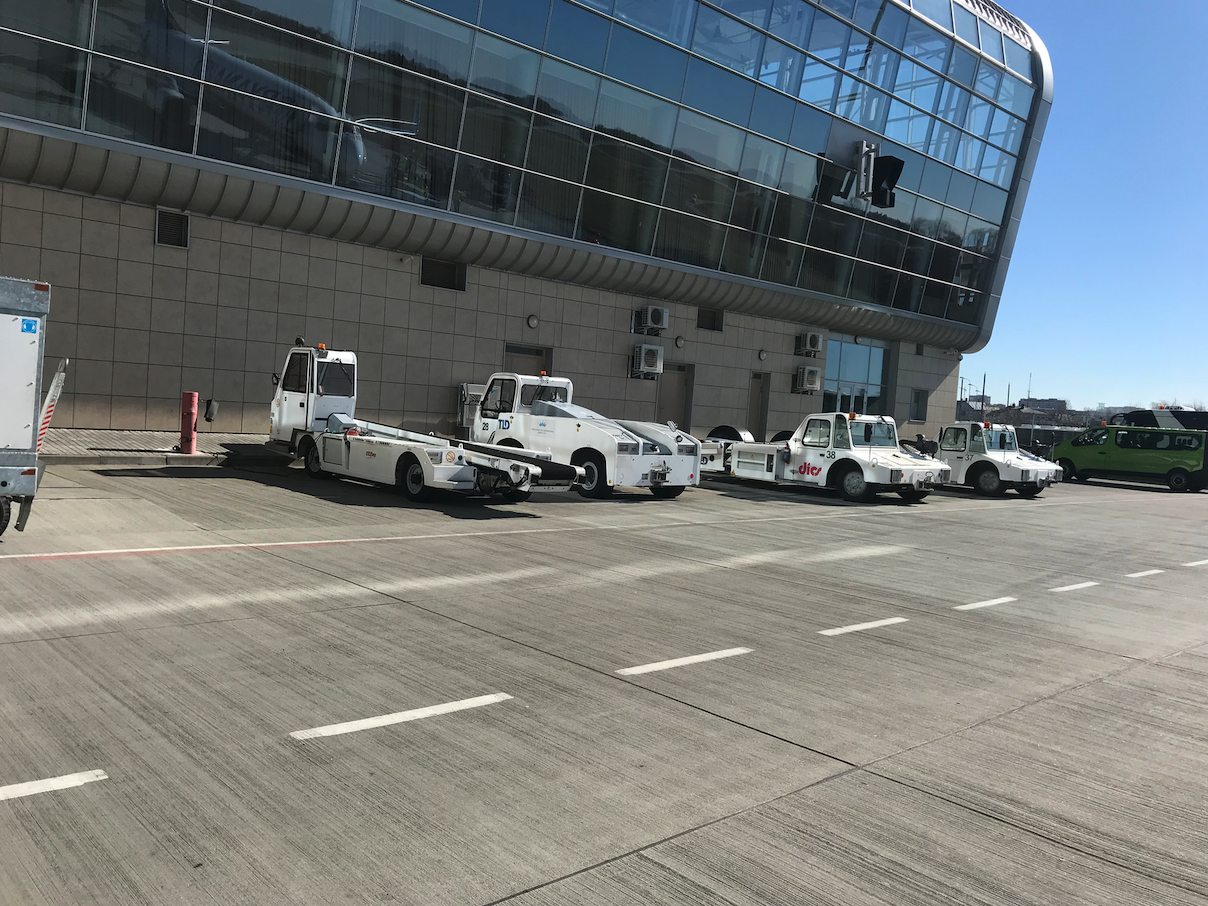
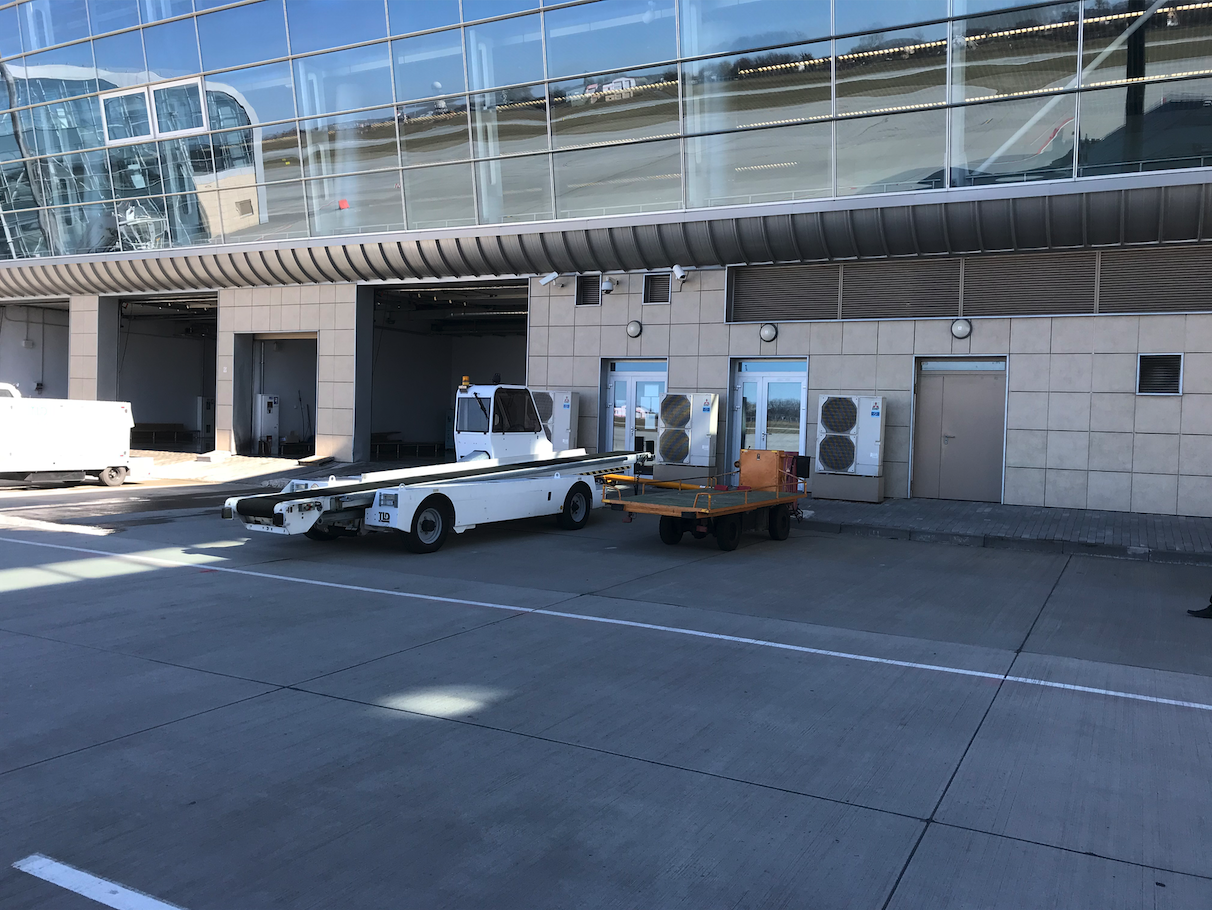


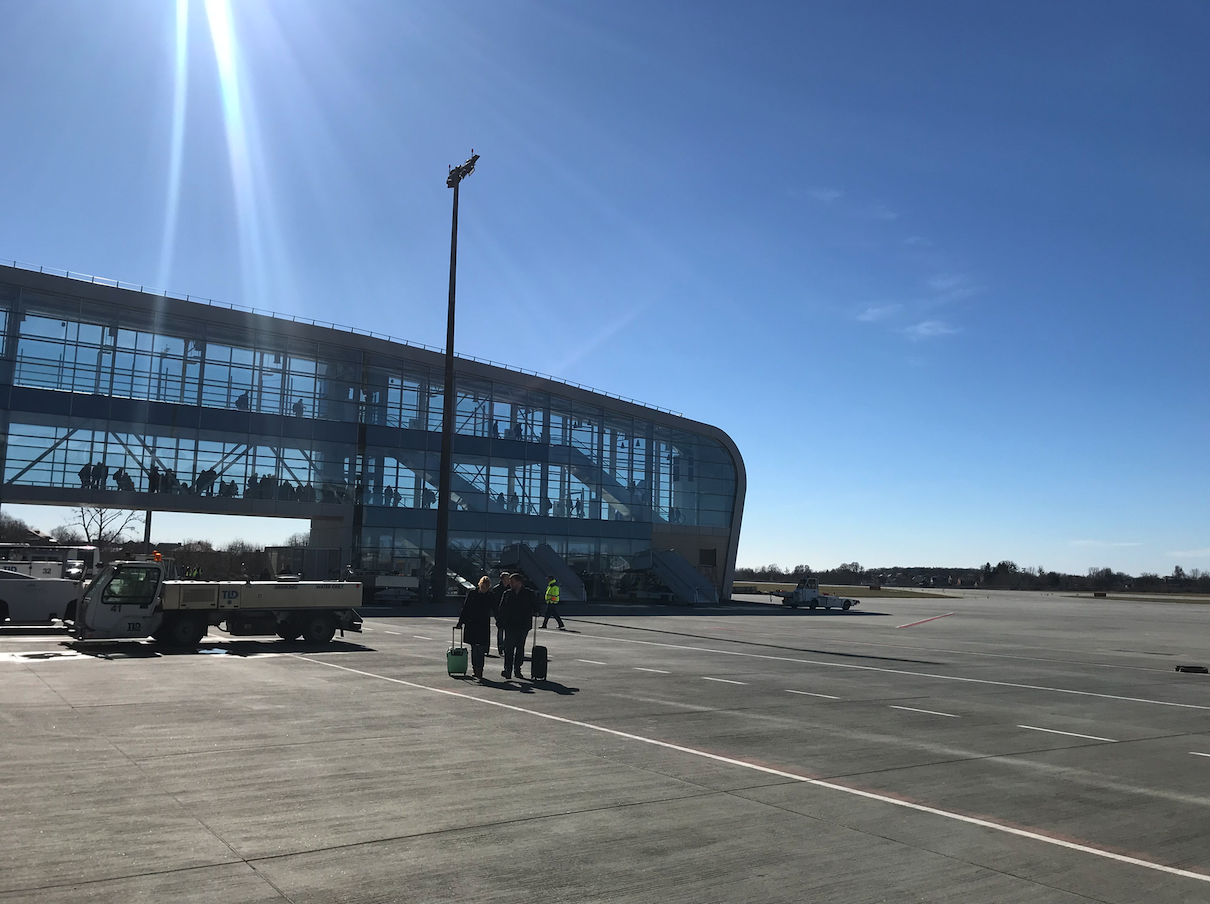
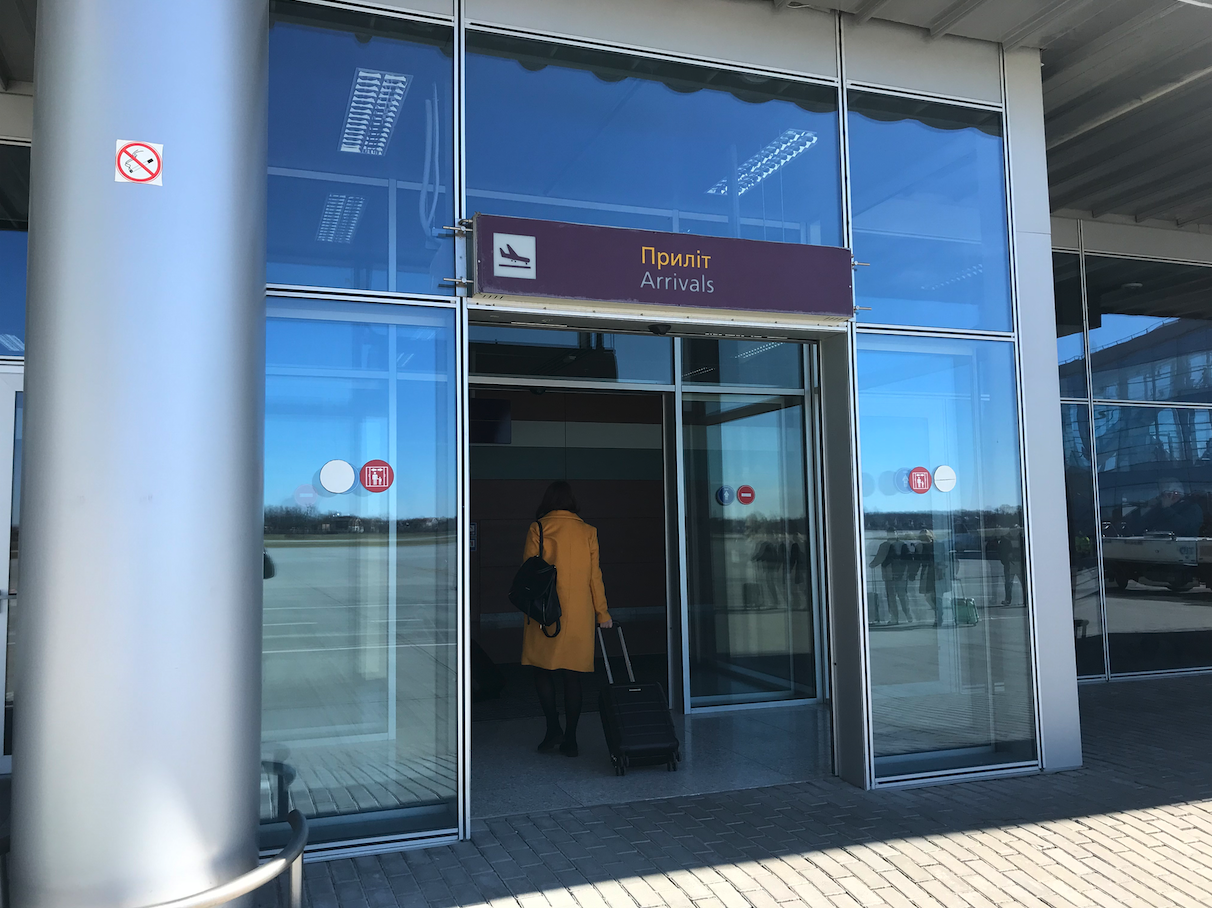
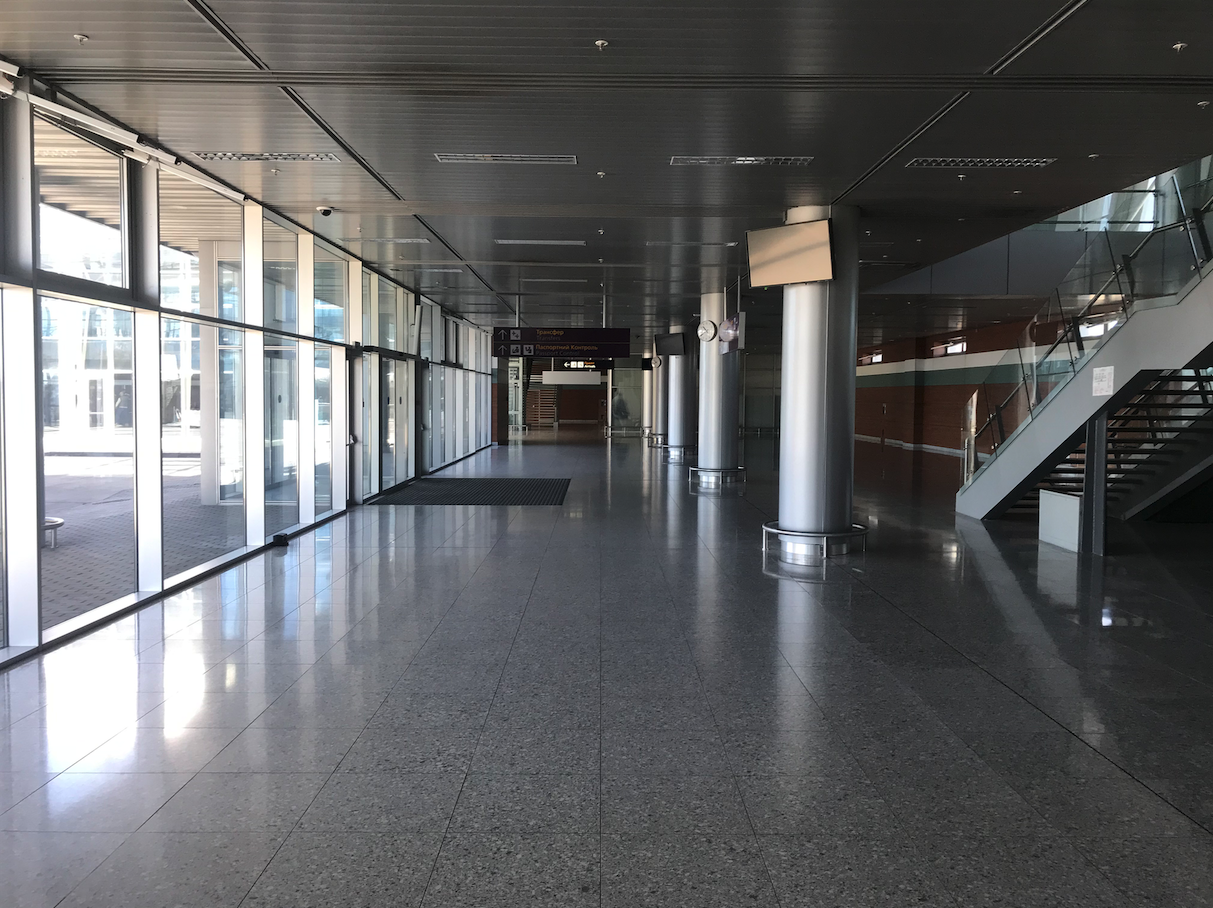
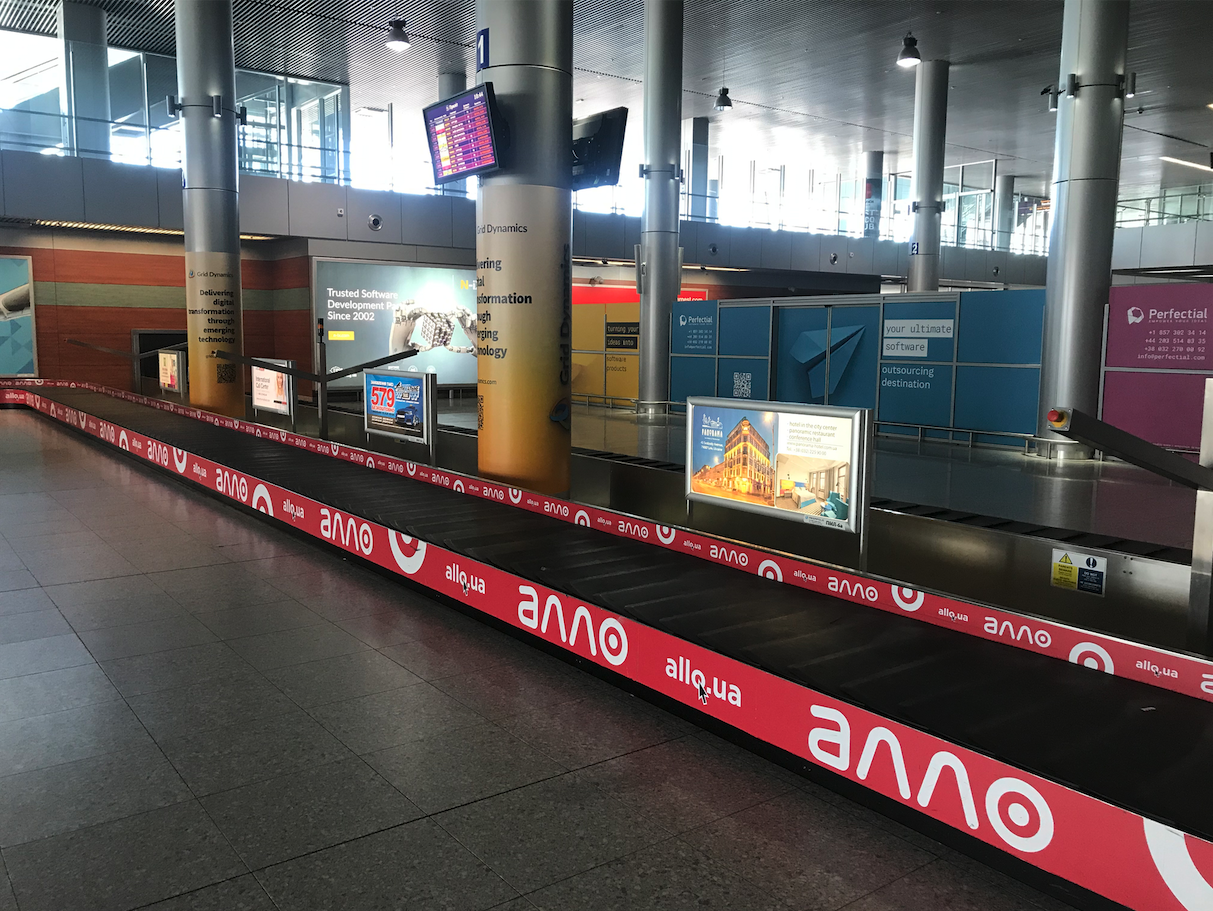

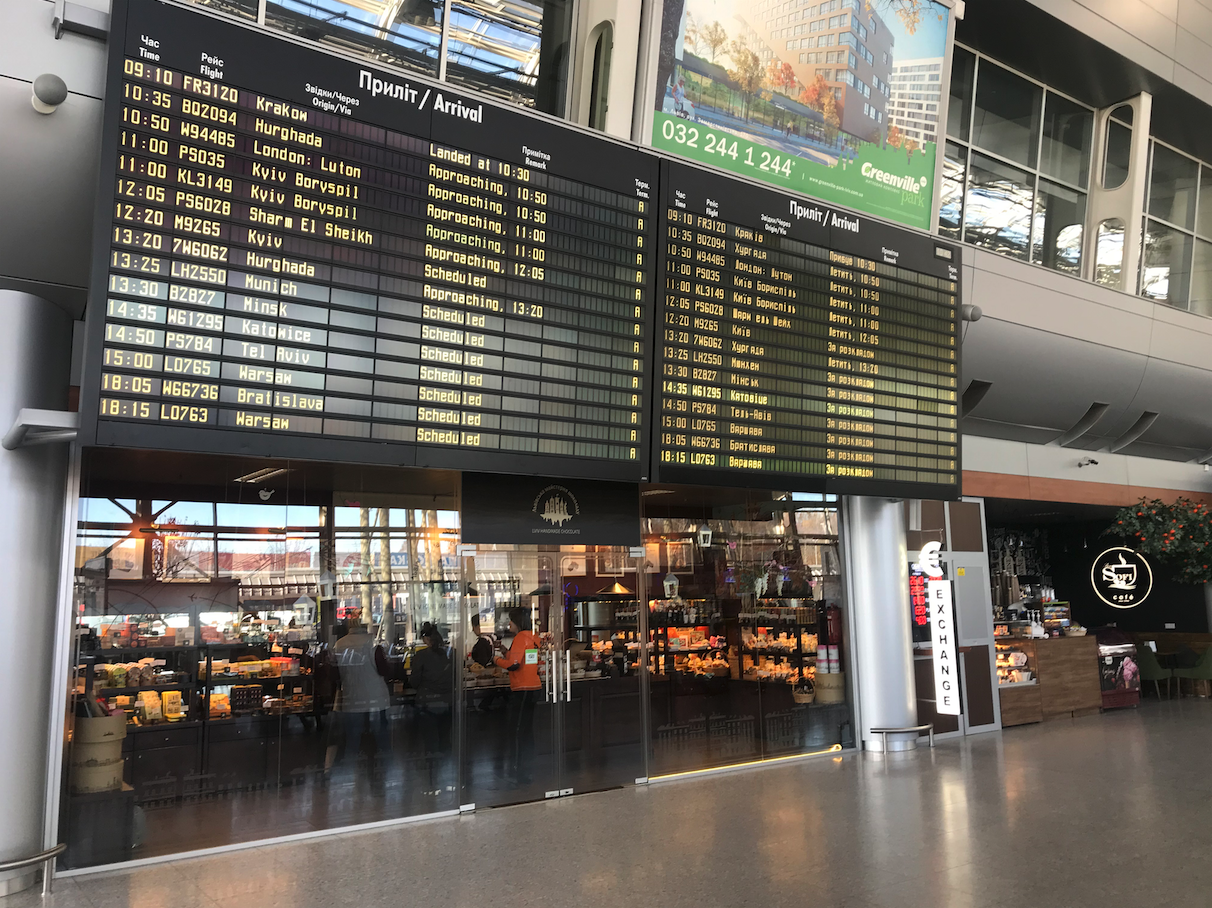

Port Lotniczy Lwów to dawne lotnisko z okresu Drugiej Rzeczypospolitej, zbudowane jako nowoczesne lotnisko wojskowe dla 6. Pułku Lotniczego. Lotnisko to zastąpiło zlikwidowane Lotnisko Lewandówka, położone blisko centrum Lwowa.
W 1921 roku, struktura Wojska Polskiego przeszła reorganizację na stan pokojowy. Wszystko co dotyczyło Polskiego Lotnictwa podlegało Departamentowi IV. Żeglugi Powietrznej Ministerstwa Spraw Wojskowych (1921-1926). W departamencie, w 1923 roku, utworzono Referat Budowlany. Jego szefowie otrzymali zadanie uporządkowania sprawy lotnisk na terenie Rzeczypospolitej. Podjęto wówczas decyzję, że należy utrzymać istniejące lotniska, zwracając uwagę na ich standaryzację i równomierny rozwój. Zapadły decyzje o budowie nowego lotniska dla miasta Lwowa, utrzymując stare lotnisko do czasu uruchomienia nowego. Dlatego to na planach miasta Lwowa już w 1923 roku, zaznaczano Lotnisko Lewandówka jako stare lotnisko i już poszukiwano nowego terenu dla lotniska we Lwowie. W 1924 roku, po reformie finansów Władysława Grabskiego, Sejm Rzeczypospolitej uchwalił pierwszy budżet w odrodzonej Polsce, w którym uwzględniono wydatki na wojsko w tym na budowę nowych obiektów wojskowych. Rząd podjął wówczas decyzję o budowie dwóch nowych lotnisk dla pułków lotniczych: Okęcia dla 1 Pułku Lotniczego i drugiego koło Lwowa dla 6 Pułku Lotniczego. Były to inwestycje drogie i realizowane przez kilka lat.
Dogodny teren znaleziono w odległości około 5 km od centrum Lwowa w kierunku południowo-zachodnim przy drodze do Gródka w miejscowości Skniłów. Teren ten zakupiono w 1924 roku. Kupiono 200 hektarów z których 100 hektarów przeznaczono na pole wzlotów, a pozostały obszar przeznaczono pod infrastrukturę nie tylko lotniska, ale i bazy 6 Pułku Lotniczego. Na samym początku przystąpiono do drenowania i niwelowania pola wzlotów.
Przy projektowaniu Lotniska Skniłów korzystano z doświadczeń francuskich. Według nich lotnisko powinno mieć kształt koła, elipsy lub wieloboku foremnego. W zależności od przeznaczenia, jego średnica powinna wynosić: lotnisko zapasowe 800 m, lotnisko pułkowe 1 200 m, lotnisko szkolne 1 500 m. W Skniłowie pole wzlotów wyznaczono na planie koła. Wyznaczono trzy kierunki startów i lądowań, tak zwanych wybiegów. Każdy z nich o długości 600 m i szerokości 400 m. Nie wiadomo kiedy dokładnie pole wzlotów zostało uruchomione, ale można sadzić, że już w 1925 roku, lądowały i startowały tu samoloty. Na lotnisku zaplanowano budowę sieci wodociągowej, kanalizacyjnej i elektrycznej. Mieszkania dla kadry oficerskiej 6 Pułku Lotniczego planowano zbudować w samym Lwowie. Pierwsze budynki nowego obiektu zaczęto budować wiosną 1925 roku. Plany były imponujące i w większości zrealizowane do 1935 roku. Strefa techniczna obejmowała hangary, park techniczny (warsztaty), magazyny techniczne, skład paliw, park samochodowy, bocznicę kolejową. Jeden z hangarów był przeznaczony dla firmy przewozowej Aerolot, a od 1929 roku, dla PLL LOT. Strefa administracyjno-koszarowa obejmowała: budynek sztabu i komendy portu, bazę szkolną, magazyny, stołówkę z kuchnią, łaźnię, pralnię, wartownię, areszt, izbę chorych i straż ogniową. Zbudowano sieć wewnętrznych dróg. Była elektrownia, wieża ciśnień i kotłownia dla centralnego ogrzewania. Jednym słowem nowoczesny garnizon. Zakres prac przeprowadzonych w Skniłowie można porównać do tych przeprowadzonych na Okęciu, bo był to drugi tak ważny nowy obiekt lotniczy w Rzeczypospolitej.
Równocześnie z budową nowego Lotniska formowano 6 Pułk Lotniczy. Kadrę dla niego pozyskano z 1 i 3 Pułku Lotniczego. W dniu 23 maja 1925 roku, komendant pułku pułkownik Camillo Perini wydał pierwszy rozkaz, co uznano za datę powstania jednostki. Ponieważ obiekty lotniskowe w Skniłowie były w budowie, to większość zajęć Pułk wykonywał na Lotnisko Lewnadówka. Pułk na stanie miał samoloty Potez XV. Na potrzeby Pułku zaadaptowano tartak i postawiono kilka baraków. Zbudowano sześć prowizorycznych drewnianych hangarów na ceglanych podmurówkach, których żywotność określono na 15 lat. Część żołnierzy kwaterowała w Mieście w koszarach im. Hetmana Żółkiewskiego. W lipcu 1926 roku, na Lotnisku Skniłów oddano do użytku warsztaty napraw płatowców, a w grudniu 1926 roku, warsztat naprawy i remontu silników. W 1927 roku, oddano do użytku nowy budynek sztabowy. Pierwszy etap budowy Lotniska Skniłów ukończono w 1929 roku. Wówczas to w dniu 16 września 1929 roku, Pułk który rozrzucony był niemal po całym Mieścicie, wprowadził się do nowych obiektów. Budynki były trzy i czerto-kondygnacyjne. Pierwsze dwa nowoczesne hangary zostały oddane do użytku w 1931 roku. Ich konstrukcja była żelbetonowo-stalowa. Do 1939 roku, Lotnisko posiadało 9 hangarów, a jeden z nich należał do PLL LOT. Do chwili obecnej (2019 roku) pozostały dwa, ale nie pełnią typowych funkcji lotniczych.
Do 1935 roku, obszar lotniska znacznie powiększono, przewidując dalszy jego rozwój.
Lotnisko Skniłów rozwijało się jako komunikacyjne. Przewozy pasażerskie w Lwowie realizowała firma Aero i Aerolot, a od 1929 roku, PLL LOT. Głównymi kierunkami była: Warszawa, Kraków oraz loty za granicę do do Rumunii, Bułgarii, Grecji i Palestyny. W 1931 roku, Lot z Warszawy do Lwowa trwał 2,5 godziny, przy pomocy samoloty Fokker. Bilety lotnicze były dotowane i cena za ten lot wynosiła 45 złotych. Dla porównania bilet na pociąg na tej trasie kosztował 38 złotych. Na lwowskim Lotnisku lądowały samoloty Junkers F-13, Fokker F-VIIA/1m, Fokker F-VII/3m, Lockheed L-10 Electra (od 1935 roku), Lockheed L-14 Super Electra (od 1937 roku) i Douglas DC-2.
Poza Rzeczypospolitą
Wybuch II wojny światowej przekreślił doskonały rozwój Lwowa, a z nim Lotniska Skniłów. W dniu 22 września 1939 roku, Rzeczypospolita utraciła Lwów i do chwili obecnej (2019 roku), go nie odzyskała. Po II wojnie światowej Lwów znalazł się w granicach CCCP. Miasto i Lotnisko Skniłów podupadło. Lotnisko stało się prowincjonalne. Lwów miał połączenia tylko z Moskwą i Kijowem. Loty obsługiwał Aerofłot. Samoloty czarterowe z zagranicy zjawiały się tutaj bardzo rzadko. Zwykle przywoziły ekipy sportowe i przedstawicieli władz partyjnych i rządowych.
Po powstaniu suwerennej Ukrainy Lotnisko Skniłów powoli ożywiało się. Stało się międzynarodowym portem lotniczym. Uruchomiono kilka połączeń zagranicznych. Na stałe pasażerów obsługiwały linie: Aerosvit, Austrian, Carpataie, PLL LOT, Lviv Airlines, Ukraine International Airlines, UTair Aviation i WizzAir.
W 2010 roku, lotnisko otrzymało imię króla Daniela Halickiego.
W związku z przygotowaniami do turnieju piłkarskiego EURO 2012 rozgrywanego na Ukrainie i w Polsce na Lotnisku zbudowano nowy terminal lotniczy. Zbudowano go w ciągu zaledwie 22 miesięcy. Jego otwarcie nastąpiło w dniu 26 stycznia 2012 roku. Nowy terminal to stalowo-szklana konstrukcja wyposażona w cztery rękawy dla wejścia do samolotów. Terminal ma powierzchnię 22 000 m2. W terminalu uruchomiono sklepy, kawiarnie, bary, pokój dla VIP, punkt informacyjny. Na lotnisku można wypożyczyć samochód. Terminal ma możliwość rozbudowy o pirs, obiekt przyległy do terminalu, który zwiększa przepustowość lotniska poprzez dodatkowe gates. Rozbudowano także pozostałą infrastrukturę lotniska. Zbudowano duży parking dla 1 300 samochodów. Komunikację z centrum miasta zapewniają autobusy, busy, taxi i trolejbusy.
Lotnisko Skniłów ma kod IATA: LWO, kod ICAO: UKLL. Dysponuje jedną DS o długości 3 305 m, na kierunku 13/31 i ma nawierzchnię asfaltobetonową. Wysokość 326 m npm. Współrzędne geograficzne 49°48′45″N 23°57′22″E.
Z Lwowa można dolecieć do 44 portów lotniczych w Europie i na Bliskim Wschodzie. W 1999 roku Lotnisko Lwów obsłużyło 35 000 pasażerów, aby już 2002 roku osiągnąć 110 200 osób. W 2008 roku po raz pierwszy obsłużono ponad 532 100 pasażerów. W 2017 roku przekroczono liczbę 1 080 000 pasażerów, a w 2018 roku osiągnąć 1 598 700 pasażerów. Charakterystyczną cechą portu jest duża chwiejność przewozów w relacji rok do roku. Notowano 98 % wzrosty, ale także 40 % spadki. Ukraina jest wciąż krajem niestabilnym.
Dojazd z portu lotniczego do centrum Lwowa
Port Lotniczy Lwów znajduje się jedynie 8 km od centrum miasta (Pomnik Adama Mickiewicza we Lwowie). Dojazd samochodem osobowym zajmuje 15-25 minut, w zależności od natężenia ruchu (pory dnia). Można skorzystać z komunikacji miejskiej. Autobus nr 48 – bilet w cenie 4 hrywny. Trolejbus nr 9 – bilet w cenie 3 hrywny. Trzeba jednak pamiętać, że komunikacja miejska kursuje nieterminowo, a autobusy i trolejbusy są przestarzałe i często ulegają awariom. TAXI – cena 3 hrywny za 1 km. Generalnie dla Polskich Obywateli dojazd jest tani.
Opracował Karol Placha Hetman
